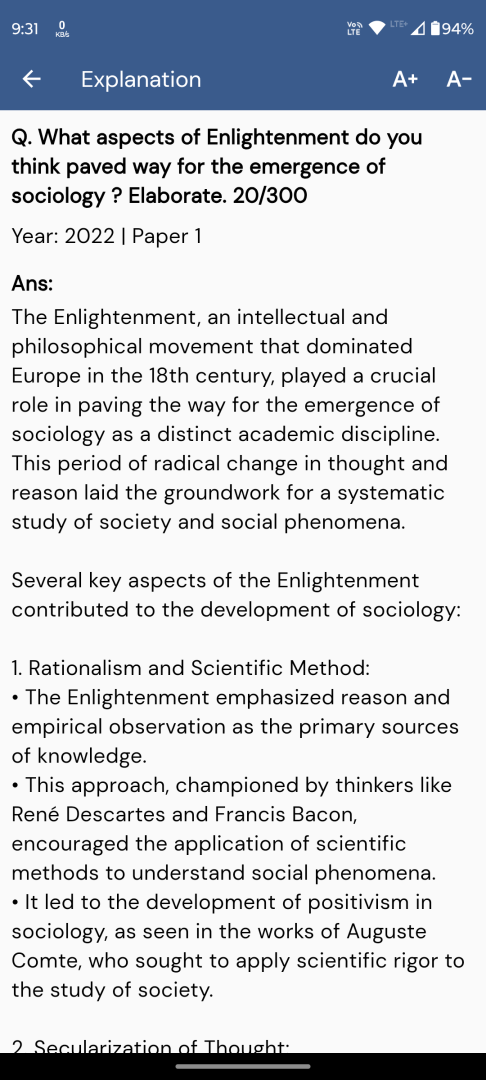Q. What are the different forms of untouchability still practised in India? Discuss with suitable illustrations.
UPSC Sociology 2024 Paper 2
Model Answer:
Forms of Untouchability Still Practiced in India
Untouchability, though constitutionally abolished, continues to manifest in various forms in contemporary India, reflecting deep-rooted caste-based discrimination. These practices are entrenched in social, economic, and cultural spheres, perpetuating inequality and social exclusion.
1. Social segregation: Dalits are often denied entry into temples and prohibited from using common wells, reflecting Louis Dumont’s notions of purity and pollution. In rural Tamil Nadu, Dalits are frequently barred from entering temples or forced to worship from a distance.
2. ‘Two-tumbler system’: Separate utensils for Dalits in eateries exemplify everyday discrimination, dehumanizing and reinforcing social hierarchies.
3. Occupation-based discrimination: Manual scavenging, though banned, persists, compelling Dalits to engage in unhygienic work. This underscores Dr. B.R. Ambedkar’s assertion on the link between caste and occupation.
4. Educational discrimination: Dalit students face segregated seating and derogatory remarks from teachers, impacting their academic performance and self-esteem.
5. Housing discrimination: Dalits often reside in segregated colonies with inadequate facilities, limiting their access to resources and opportunities.
6. Political discrimination: Separate seating arrangements in village councils undermine democratic equality and participation.
These forms of untouchability illustrate the enduring nature of caste-based discrimination, requiring not only legal enforcement but also societal transformation to uphold constitutional values of equality and justice.





